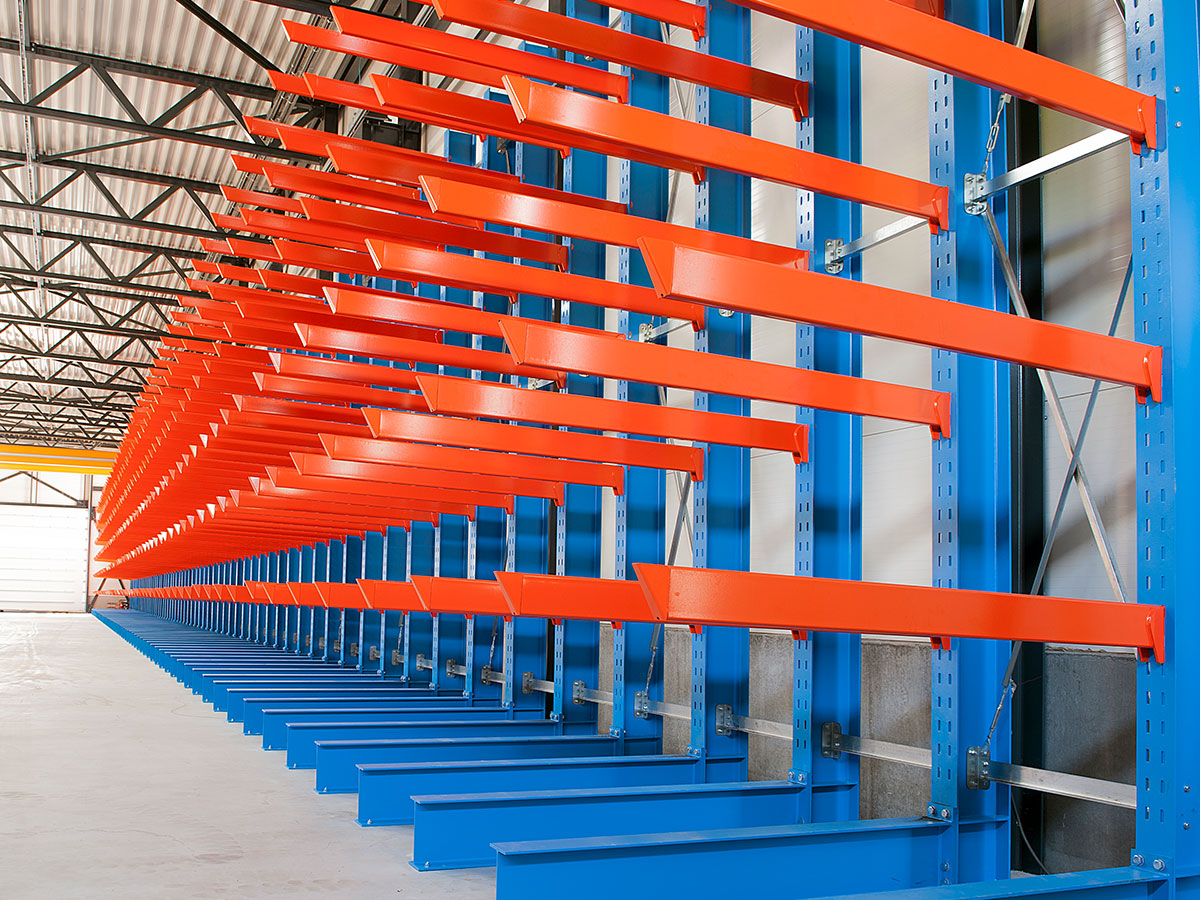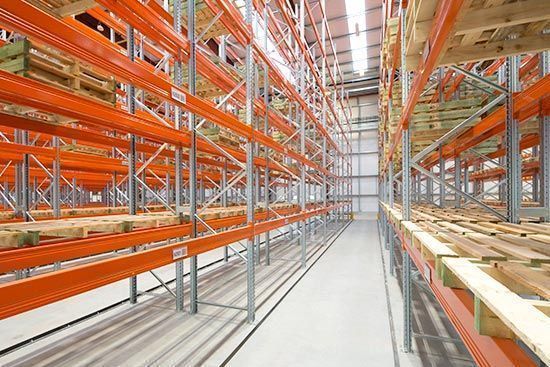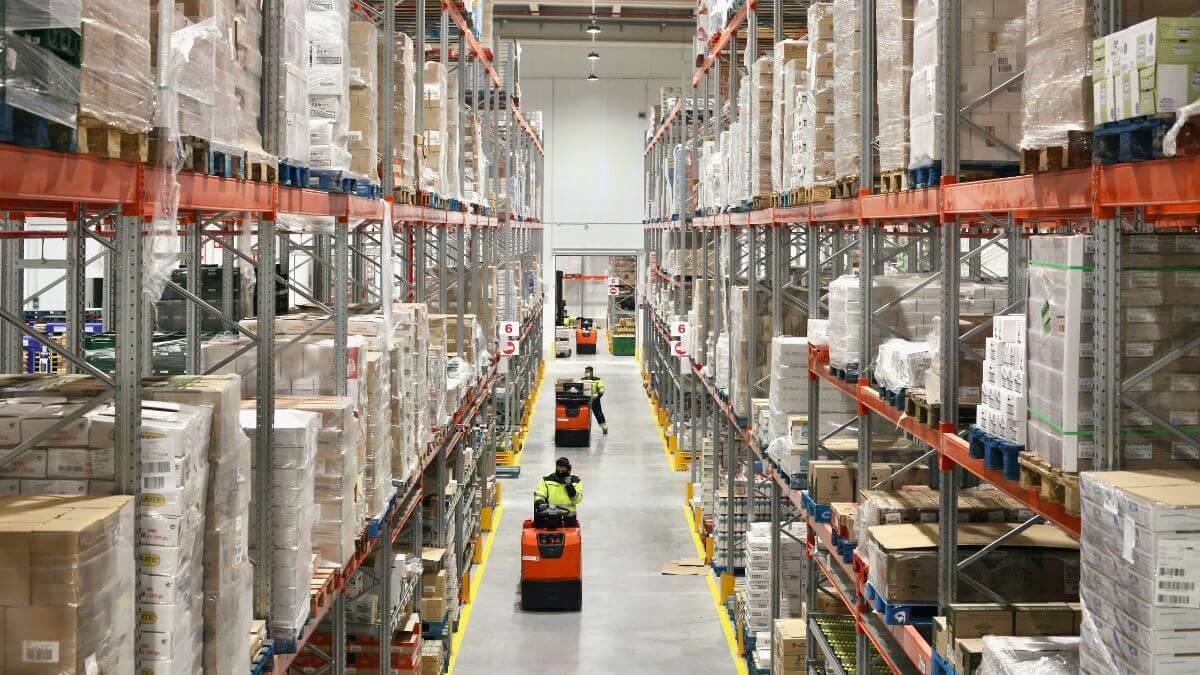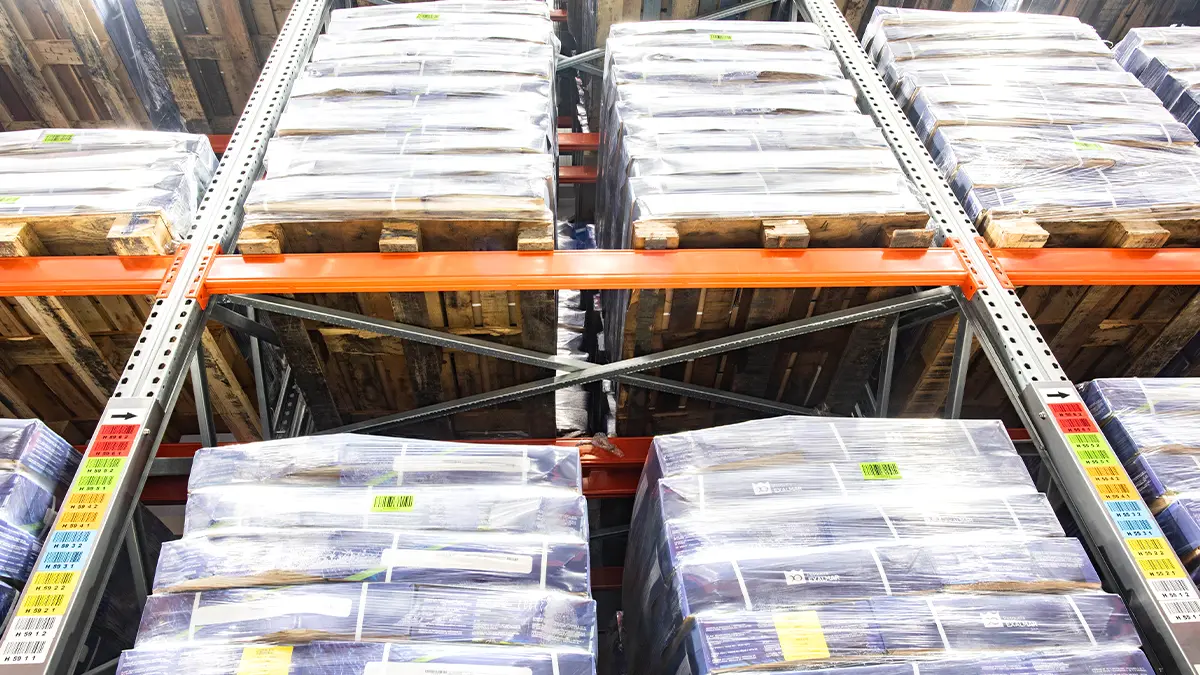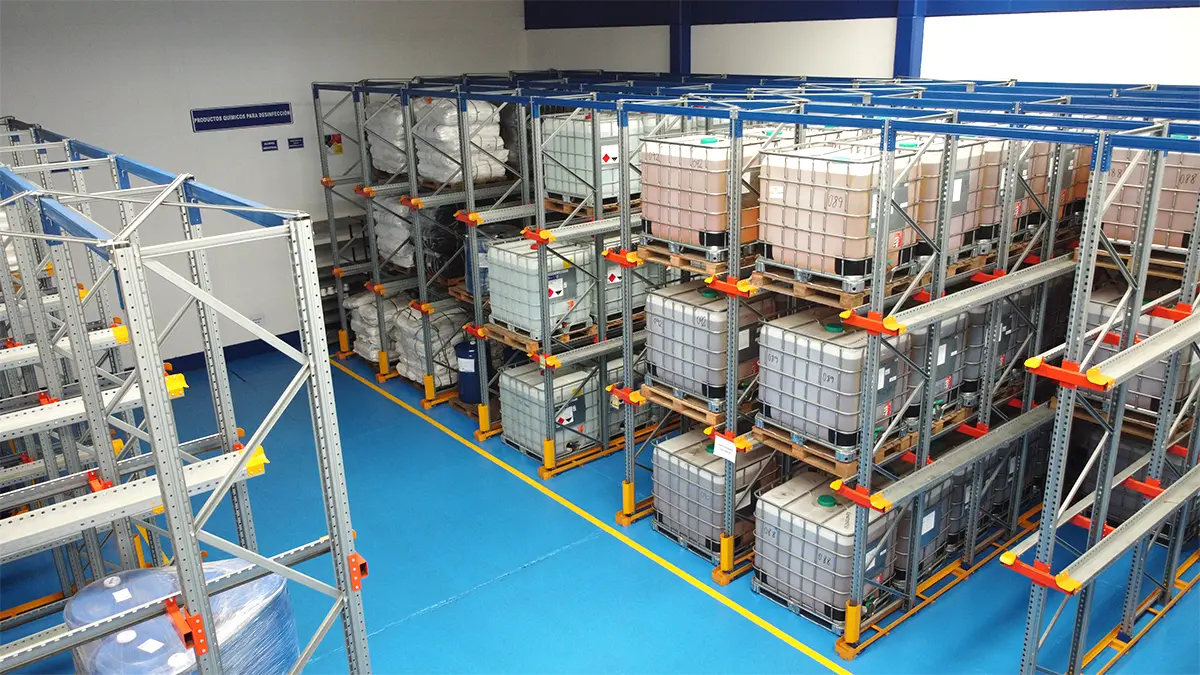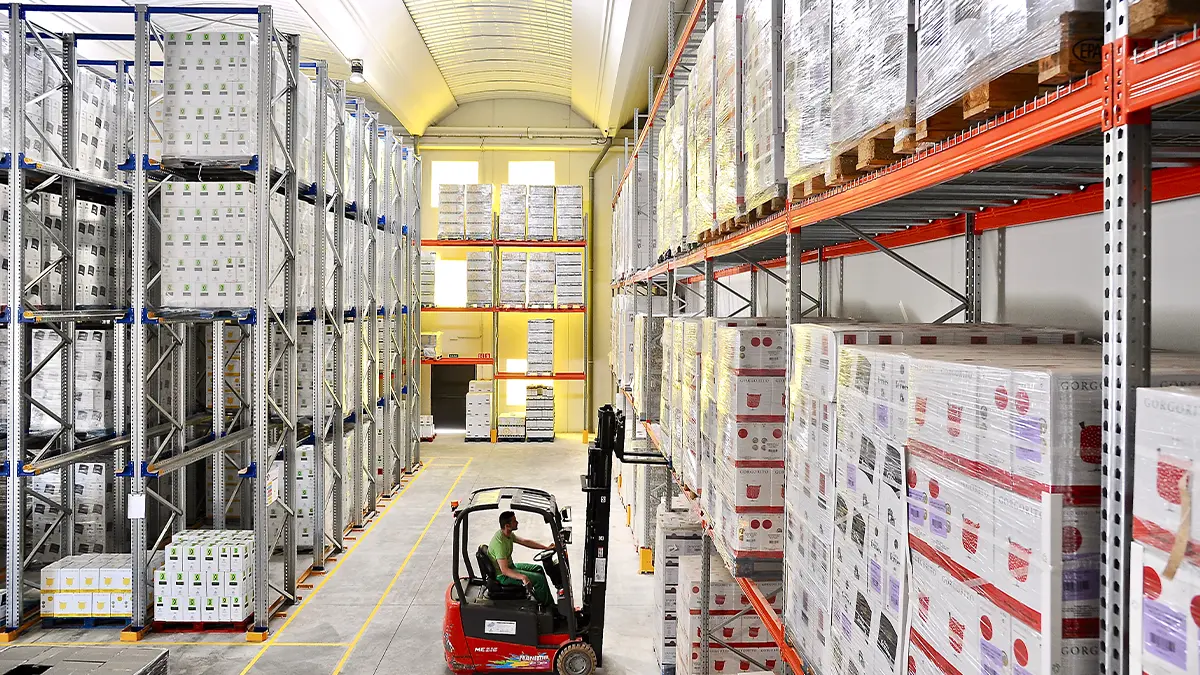From a technical and logistical point of view, it is essential to understand the differences between picking and packing in a warehouse, despite the fact both terms are similar and are related to logistics and storage.
What is packing?
Packing is the process of preparing and packaging orders. The necessary preparation to protect the goods and ensure that the shipment is completed in the appropriate conditions. The following tasks are required to ensure the success of the packing process:
Packaging selection: This process is carried out according to the size and characteristics of the product. It is essential to choose the appropriate box material and filling to maintain the goods in good condition.
Product verification (model, quantity, volume and weight): This is a final verification that allows us to detect if any previous errors have arisen in the picking process. It is a way to ensure that the product is prepared for shipment with all the guarantees.
Labelling for shipment: For dispatch control purposes, labels are affixed to the outside of the package with the order reference number and shipping address, sometimes also including the tracking code. They also usually include a bar code so that when scanned it provides all the necessary information about the package for tracking.
If the products leave the warehouse palletised, the packing process will also include pallet assembly. This includes placing the boxes, wrapping with strapping and/or plastic wrap, and labelling.
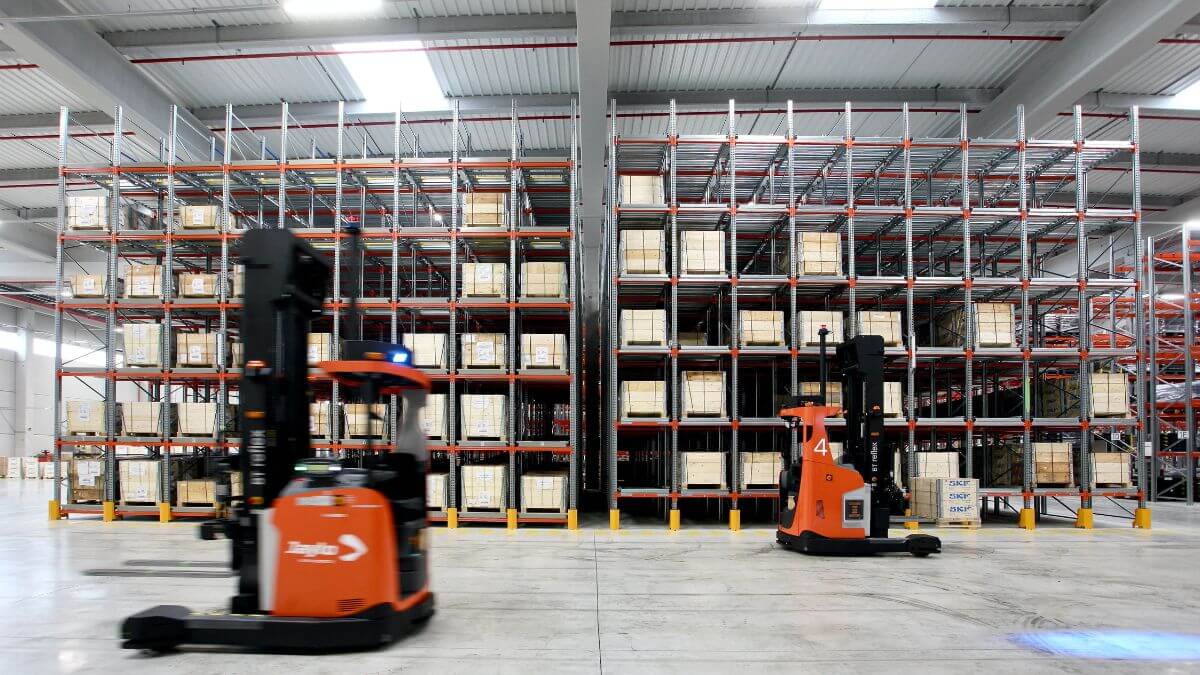
What is picking?
Picking is the selection of products from the warehouse to prepare a customer’s order. It can be carried out in any type of warehouse and occurs when it is necessary to group together packages, products or materials and then transfer or ship them.
This activity can be carried out in different ways, from a warehouse worker who collects the goods him/herself to warehouses that use fully automated systems. The following tasks are required to ensure the success of the picking process:
- Prior planning to know what products are going to be sent.
- A visit to the place where the product to be sent is stored.
- The collection or removal of the goods using the necessary resources.
- Verification and preparation of the order for shipment, checking that it meets all the requirements.
Main differences between picking and packing
As seen from analysing each of the terms, although picking and packing are closely related to inventory management in a warehouse, they are completely different processes within the logistics flow.
While picking focuses on the selection and collection of products, packing focuses on their packaging and preparation.
These processes represent different but interconnected stages in the order fulfilment and product distribution cycle. Picking ensures that the right products are picked in the right quantity, while packing ensures that these products are ready for shipping or subsequent storage, protected and properly identified.
Types of packing and picking
There are three main types of picking:
- Person-to-goods picking: This will be the person responsible for fulfilling the order, in this case, the picker, who will move around the warehouse to look for the product.
- Goods-to-person picking: In this case it is a machine that performs the picking process. The picker won’t have to move around the warehouse and will only have to wait for the machine to bring them the order. The machine is programmed with different software systems that perform all the work from location to collection and delivery to the picker.
- Mixed picking: This type of picking is a combination of both of the above-mentioned types. The warehouse will be automated with machines, but the operator will also be involved in the process. It is used to differentiate types of picking depending on the goods, whether large, small, easy or difficult to access.
There are also three types of packing:
- Primary packaging: This type is in direct contact with the product.
- Secondary packaging: This type is responsible for several identical products.
- Tertiary packaging: This one is intended for storage and transport.
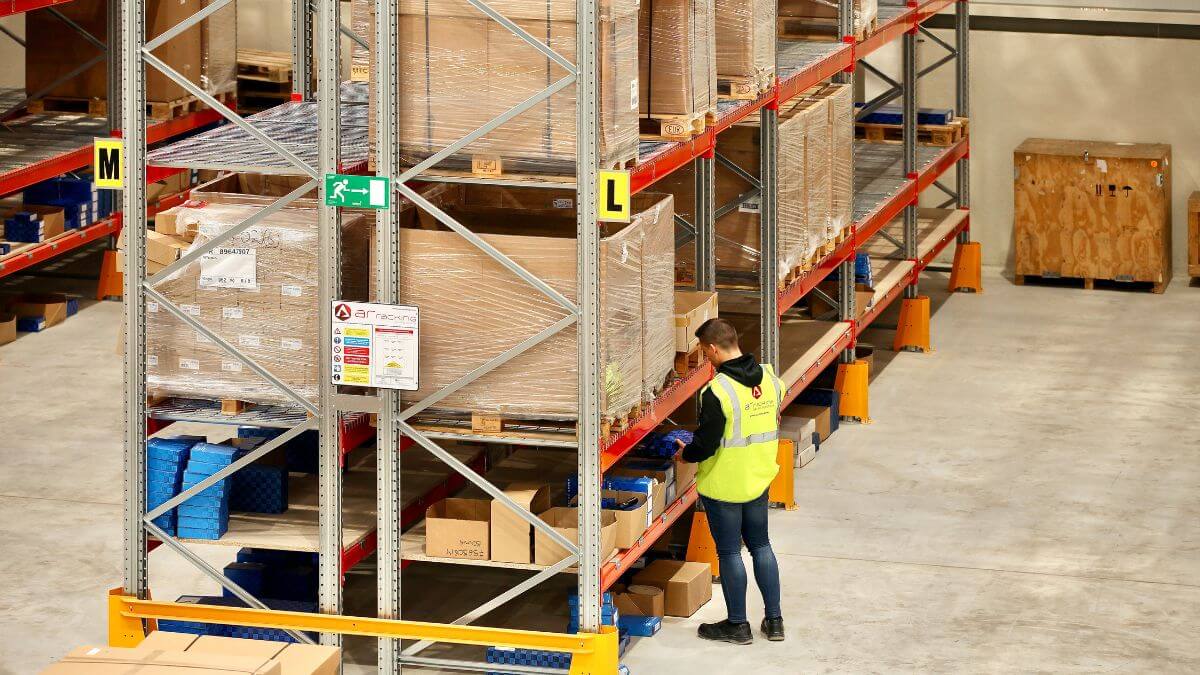
More efficient picking and packing
In a warehouse there are many ways to optimise the picking and packing processes. These are some of them:
Limit the number of movements and points of contact: It is desirable to reduce the amount of handling and movements to achieve greater efficiency. For this, it is advisable to have picking software, review the location management policy and check that the place where orders are prepared is equipped with all the necessary packaging material so that everything is within arm's reach and avoid interruptions in the processes.
Analyse the efficiency of the picking method: Logistics is constantly changing and warehouses must adapt to new technologies and methods, always offering a quality service. Warehouse Management Software (WMS) is very beneficial for this. This software allows you to collect data to evaluate operations carried out in the warehouse.
Evaluate automation solutions: Picking and packing are processes which have more automation options.
Packaging: Packaging materials are important to optimise picking. There are processes that facilitate the packaging of products, such as the installation of automatic packaging machines and the standardisation of packaging to limit the space used for these materials so as to avoid errors and waste in packages. Finally, self-assembling boxes save time and reduce operator handling.
The relationship between Picking and Packing in a warehouse
Although they are two different processes, they are complementary, since in picking the order is prepared before being packaged and then in packing the product is actually packaged.
In warehouses with large order preparation volumes, it is common to find operators in charge of carrying out both picking and packing tasks. It is a way to save time so that the order preparation chain does not stop.
At AR Racking we have all types of storage systems to adapt to any type of warehouse. For personalised advice, contact our team of professionals.






